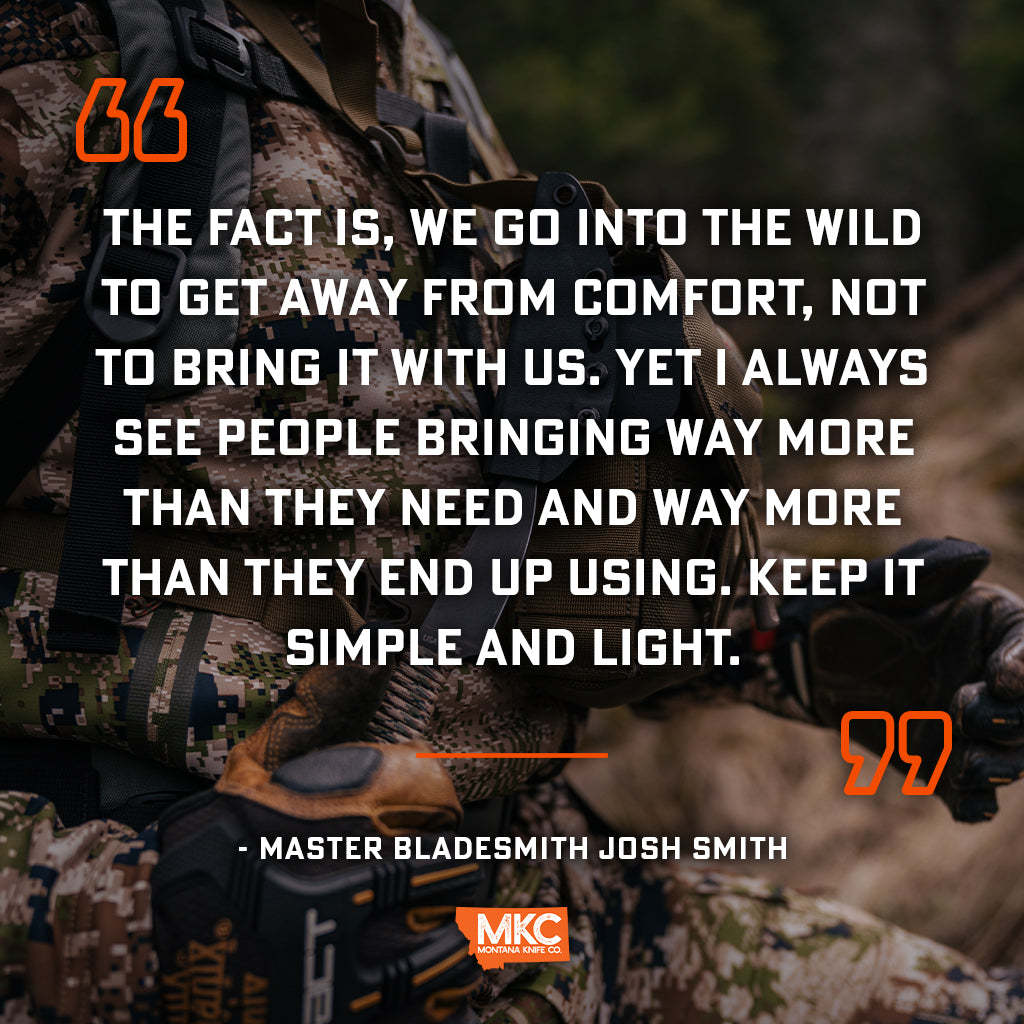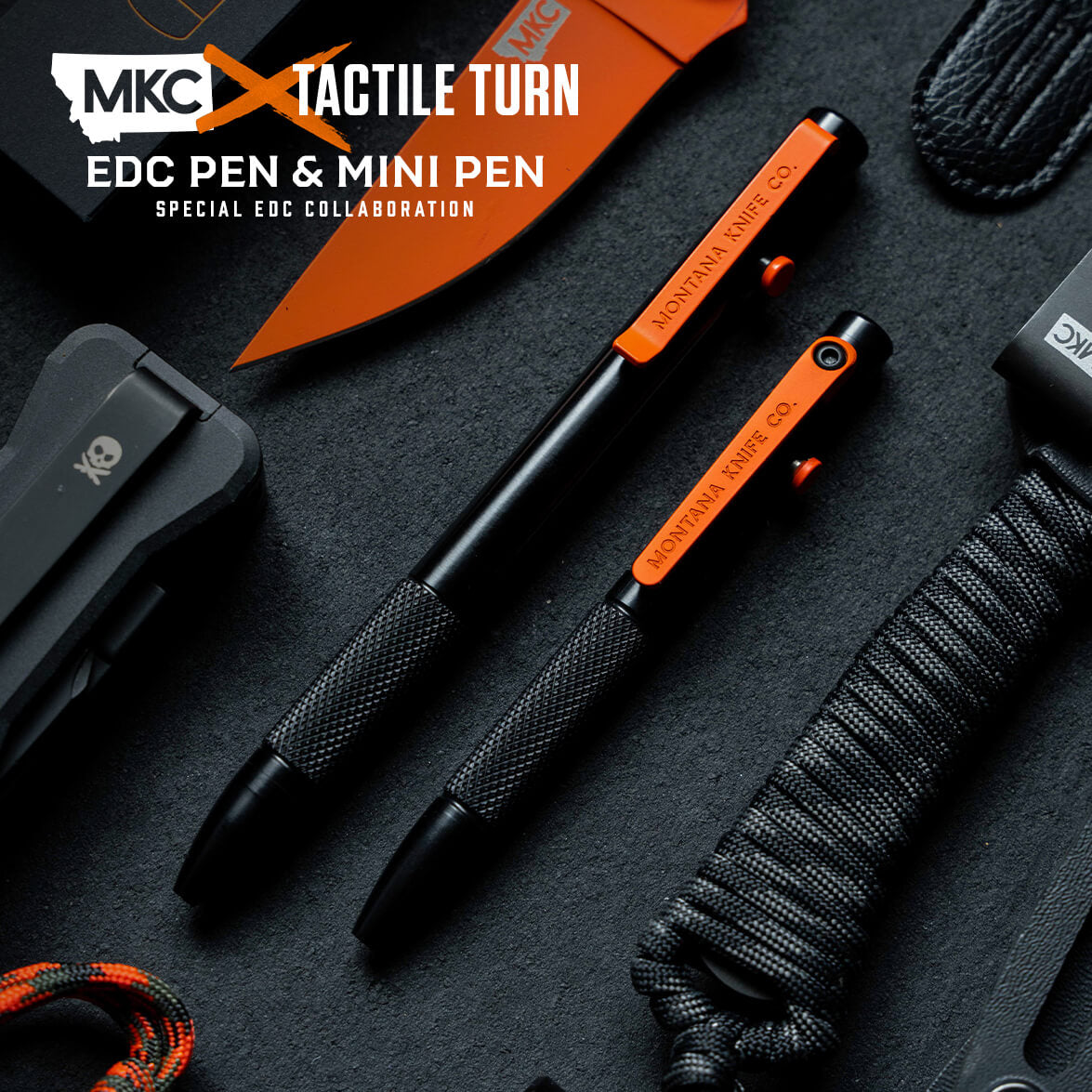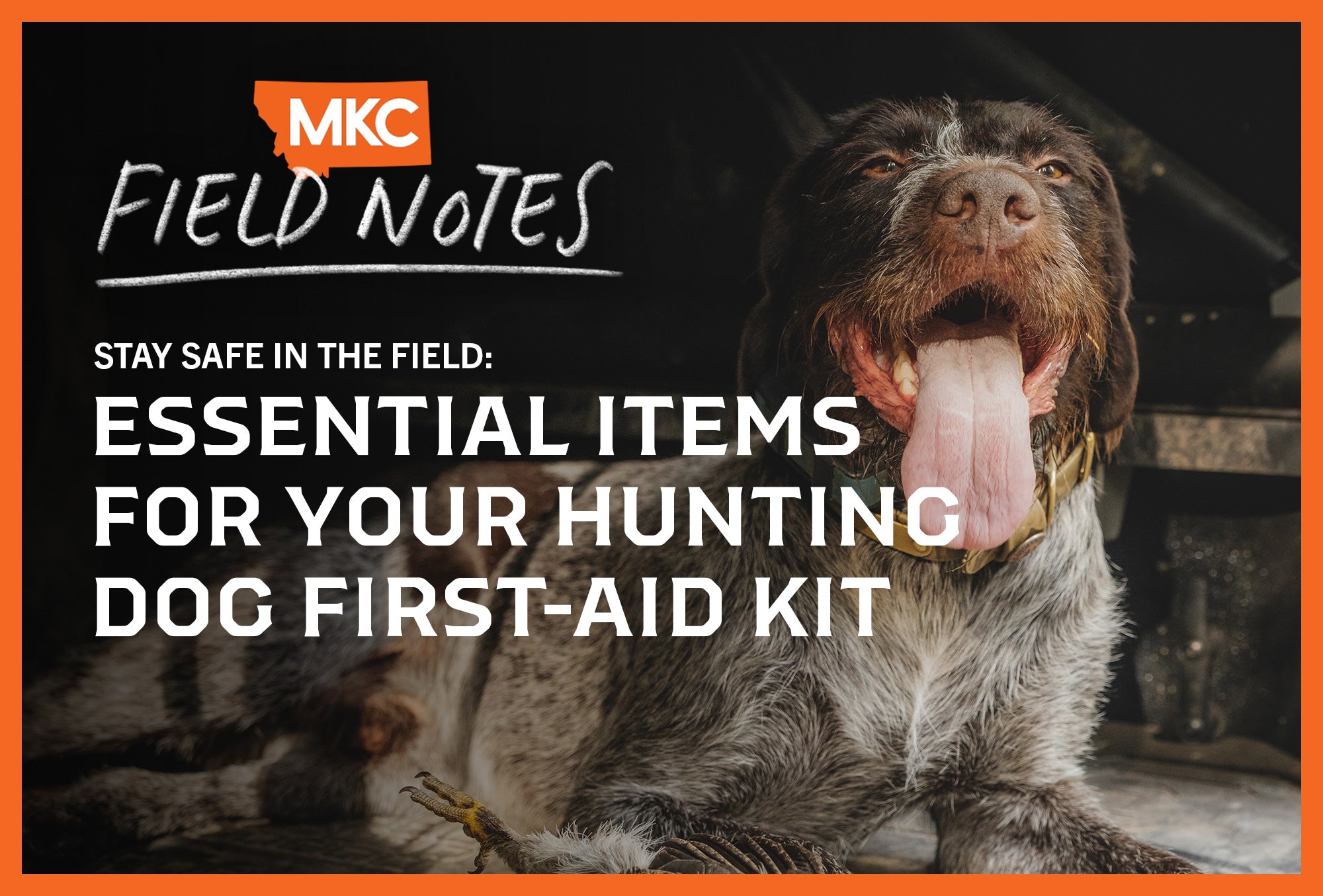Former U.S. President and military officer Dwight Eisenhower once said, “Plans are worthless, but planning is everything.”
Ultralight packing isn’t possible without careful space planning. It’s an exercise in preparation, and packing the right items you need while keeping them to a minimum is like a puzzle. How do you prepare for every situation you may encounter on the trail while packing as little as possible?
My Experience With Ultralight Packing
Some time ago, I hiked to the top of Mount Timpanogos in Utah’s Wasatch Range. I faced an altitude of nearly 12,000 feet and a trek length of 14 miles. I knew I had to get an early start, so I left around 4 a.m.
It was freezing when I left. I felt tempted to bundle up with my warmest clothing, but I knew temperatures would rise throughout the day. I layered up enough to keep me warm during the cool morning in a way that allowed me to remove layers as I ascended.
I also considered how much water I’d need. Were there any resources I could access for water or food along the way? If so, I could reduce my necessary supplies and lower my pack’s weight.
Trip Considerations
When I pack for a trip, I account for the conditions I’ll face. A rainy weekend in the woods needs different tools than a freezing night in the mountains. If I plan to sleep in a cabin, I pack lighter than if I were to camp.
Before every trip, I organize my gear in a flat lay. In ultralight backpacking, every ounce counts. By looking at my jacket, extra socks, pack, water bladders, and other gear all laid out together, I visualize and take stock of every item and the space they occupy.
I test my electronic devices, such as flashlights, satellite communicators, and GPS units, and replace dead batteries. If I bring a firearm, I make sure it’s loaded. I also test stoves and fuel canisters to ensure I have enough fuel.
But preparation is only half the battle when ultralight backpacking. The other half is making proper use of the supplies you bring.
Packing Light for Backcountry Hikes and Hunts: The Essentials

Establish a Communication Plan
I never embark on an ultralight backpacking trip without establishing a communication plan. I don’t often have cell service in the wilderness, but a two-way radio or satellite phone works fine.
I also consider other, more desperate options. How far will my voice travel if I have to yell? How effective is my signaling device? If I bring a whistle, will it sound like a distress call or like a kid playing around?
A significant difference exists between a signal and mere noise. If you become injured and can’t self-rescue, how do you communicate with someone who can help?
You can never have too many backup methods to call for help, but balancing them against your pack’s weight may complicate the planning process.
Watch Your Weight
On average, backpackers can carry no more than 20% of their body weight. At 210 lbs., I can carry a maximum of 42 lbs.
On a standard backpacking trip, the lighter your pack, the more comfortable you’ll be. But if you plan to pack out animals, you may have to exceed the 20% rule.
That said, remember this adage: travel light, freeze at night. And manage your expectations: Your level of comfort correlates with the supplies you bring. When you opt for an ultralight approach, you may not be ultra comfortable.
Some hikers go ultralight to show off. I’d rather carry more weight if it adds comfort and warmth, especially when I know chilly nights are ahead.
Consider Individual Gear vs. Group Gear
Hiking as a group allows you to redistribute weight. Everyone carries personal items, like clothing, but the group can split up shared gear. Cooking supplies, a group tent, and food are great examples.
It’s good etiquette to leave extra room in your pack to handle some of these group necessities. If you’ll be hiking with friends, remember that as you pack.
Packing Light: What’s Necessary?
How do you determine the most necessary items for your ultralight backpacking trip? It’s easy to pare down non-essentials, but eventually, you come to many borderline items.
Your final decisions come down to personal choice. What you consider essential may not be the same for a friend, which is good because, as a group, you’ll have a varied pile of supplies to access.
For example, I often see people backpacking with guitars to play by the campfire at night. A talented musician can lift everyone’s spirits and create a fun atmosphere after a long hike. (But the people who bring guitars usually don’t play them well, I’ve noticed.)
As far as necessary sleep accommodations, I’d rather have a ground pad than a sleeping bag. I improvise warmth by building a fire or wearing warmer clothing, but I have less control over the ground. Sleeping on the ground is painful, cold, and downright demoralizing.
Lighten Your Load
Make your packing decisions with your gear laid out in front of you. If you’re at 55 lbs. and need to get down to 40, it’s time to make difficult choices.
Newbies often try to match their comfort level at home to their comfort level on the trail, but it’s okay to make sacrifices. You’re allowed to have a lower standard of cleanliness, for example. You don’t need multiple changes of clothes or four stainless steel water bottles.
Experienced backpackers also often overestimate what they need. The best training is limiting yourself to smaller items and getting by with less.
We head into the bush to escape comfort, not to bring it with us. And yet, I always see hikers with way more than they use. Keep it simple and light.

Select Versatile Equipment
Multipurpose gear is the key to ultralight backpacking. For example, clip a flashlight to the brim of your baseball cap rather than carrying a dedicated headlamp. The flashlight serves both purposes and cuts down on weight.
Another multipurpose item might be a bandanna. You may use it to remove a pot from a stove, as a bandage, or as a plain old headband to keep sweat and plant matter out of your eyes.
Your sleeping supplies occupy a large portion of your pack’s space. Many ultralight packers forgo a traditional tent because they’re heavy and bulky. Conversely, a tarp is lightweight, multifunctional, and forms a “roof” over your head.
Rather than matching every scenario with a separate item, look for multipurpose gear that saves weight and space.
Create a Gear List That Meets Your Needs
Before you venture into the wild, take your pack for a dry run in your neighborhood. This is the most important and overlooked stage of the planning process.
Is it too heavy? Do the straps ride? Does any part of the pack rub uncomfortably against you?
From there, practice scenarios like cooking dinner or setting up to sleep. Remove your pack and go through the steps you’d take in the wild. You might find a better way to pack your gear or realize a crucial item is missing.
If you can’t accomplish what you need in your backyard, you won’t be able to do it on the side of a mountain or in the dark. Dry runs are an opportunity to correct course ahead of time.
Ultralight Backpacking: Final Thoughts
Whether you’re a novice or a lifelong hiker, planning is the key to packing light and enjoying a successful ultralight trip.
As I mentioned, packing is only half the battle. The other half is using what you have. Knowing what supplies you need and how to use them is your greatest advantage in the woods. Those skills are key to staying well-fed, comfortable, and safe.
If you’re interested in packing ultralight, be smart, be safe, and follow the tips above. Your knowledge may be the difference between a relaxing weekend on the trail and an inconvenient rescue.
by Josh Smith, Master Bladesmith and Founder of Montana Knife Company
with Kevin Estela, Best-selling Author, and Director of Training for Fieldcraft Survival






































